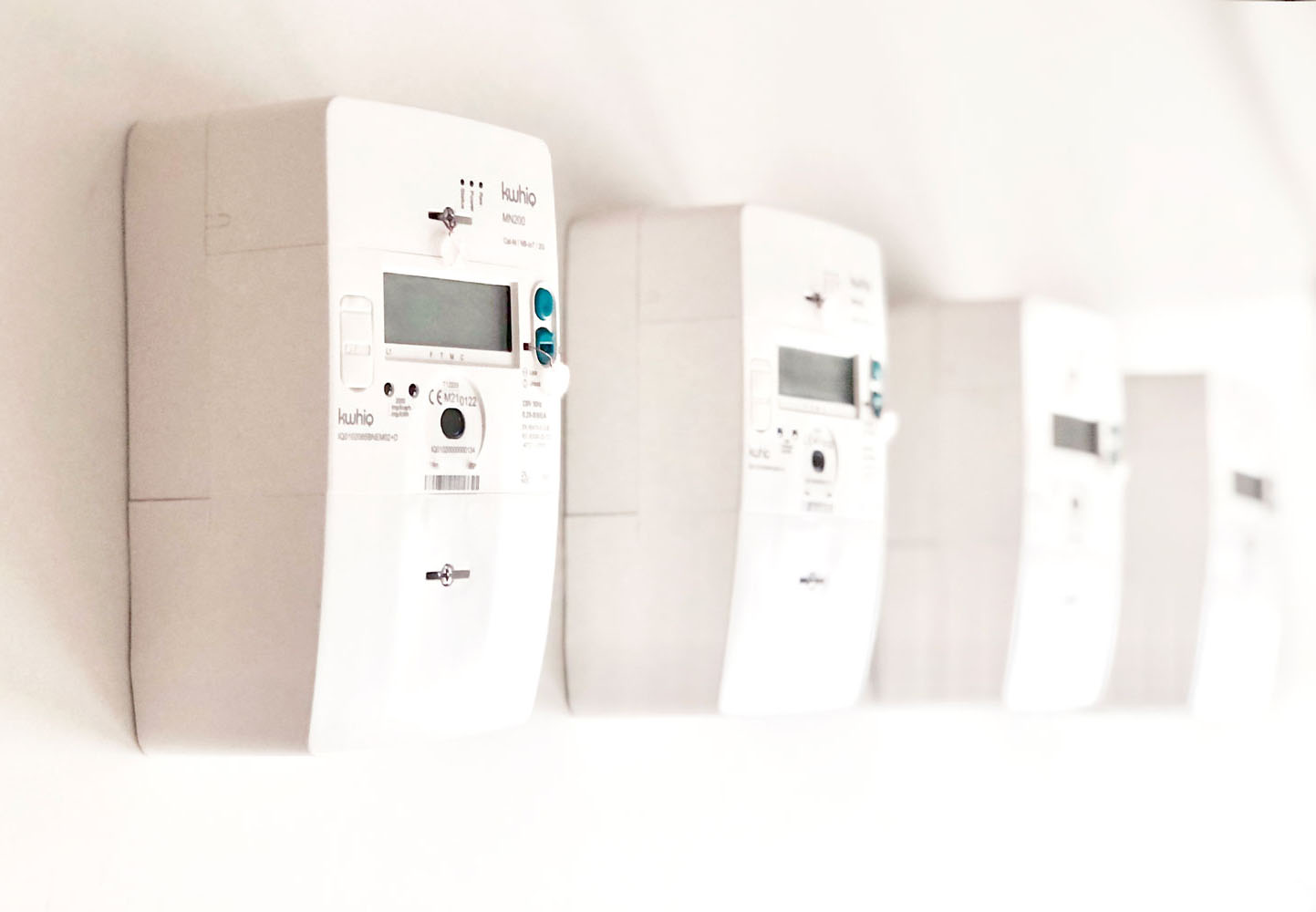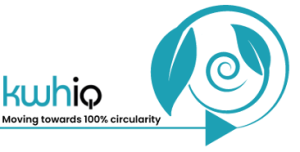
Introduction and roll-out of KWHIQ electricity meters
November 2, 2021For years, humanity has consumed more resources each year than the earth can supply. People are constantly purchasing new products only to throw them away after consumption. This has a major impact on our globe, which can no longer support this linear economy. The need for a transition towards a (more) circular economy is becoming increasingly clear, and KWHIQ is happy to contribute.
What does ‘circularity’ actually mean?
Circularity is described in many different ways in literature. However, most definitions focus on the so-called 3R approach or on system change. The 3R approach stands for Reduce, Reuse and Recycle. In these definitions, circularity aims at minimum consumption of raw materials, maximum reuse of products and parts of products and high-quality reuse of raw materials. Thus, in a circular economy, materials are retained in their value as long as possible and the production of waste is minimized. Definitions that focus on system change, in turn, emphasize the importance of closed cycles and the use of renewable energy.
How is KWHIQ doing its part?
In 2022, KWHIQ already obtained 65% of its energy from renewable sources. Thanks to continuous efforts, this percentage would further increase to as much as 100% by 2030, consisting of both solar energy and hydropower.
To achieve its internal carbon neutrality targets, KWHIQ monitors suppliers’ carbon emission levels on a systematic basis. In doing so, priority is always given to the selection of environmentally friendly suppliers with low carbon emissions. In this way, a sustainable production chain is pursued.
The variety of definitions makes it particularly difficult to make circularity measurable. Despite the challenge, we at KWHIQ try to put a number on it. At KWHIQ, all suppliers are asked to provide the Material Safety Data Sheet (MSDS) for all material in the Bill of Materials (BOM) list. Based on the Material Safety Data Sheet, the material information is then identified. Afterwards, the weight (g) of all the material is summarized and the circularity (%) is calculated for each material. Thanks to these calculations, we can proudly state that KWHIQ’s circularity rate is already 35%! In the coming years, KWHIQ will continue to undertake initiatives that support the transition to a circular economy. Together we make the difference!
